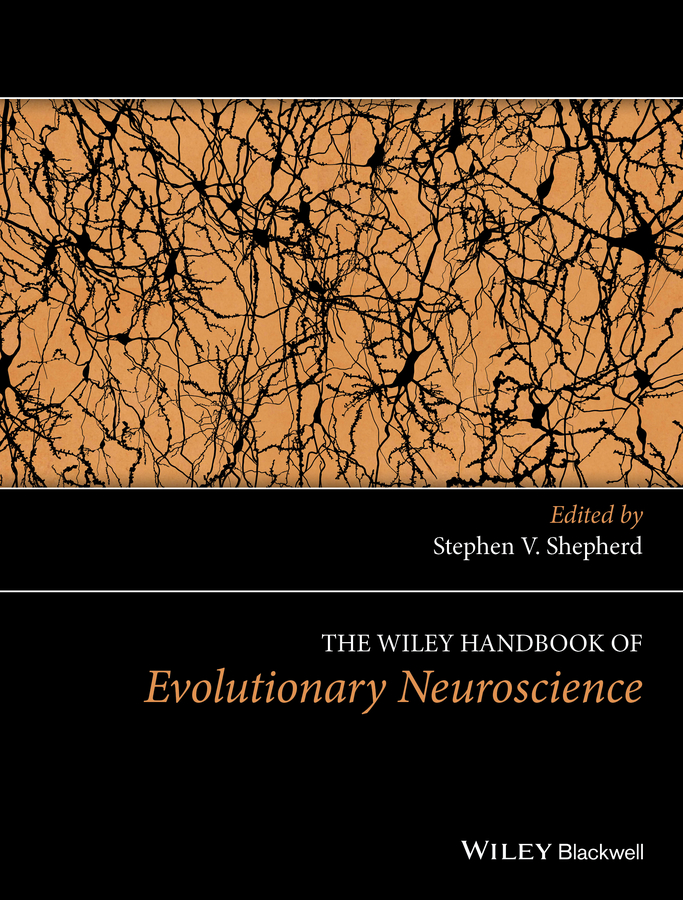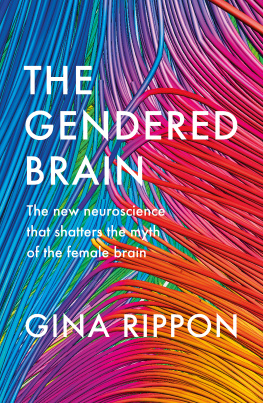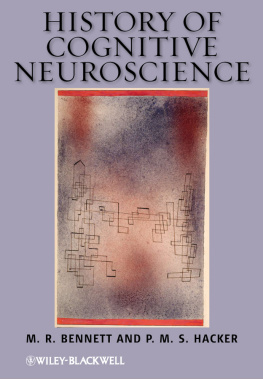
The Wiley Handbook of Evolutionary Neuroscience
Edited by
Stephen V. Shepherd
This edition first published 2017
2017 John Wiley & Sons, Ltd
Registered Office
John Wiley & Sons, Ltd, The Atrium, Southern Gate, Chichester, West Sussex, PO19 8SQ, UK
Editorial Offices
350 Main Street, Malden, MA 021485020, USA
9600 Garsington Road, Oxford, OX4 2DQ, UK
The Atrium, Southern Gate, Chichester, West Sussex, PO19 8SQ, UK
For details of our global editorial offices, for customer services, and for information abouthow to apply for permission to reuse the copyright material in this book please see our website at www.wiley.com/wileyblackwell.
The right of Stephen V. Shepherd to be identified as the author of the editorial material in this work has been asserted in accordance with the UK Copyright, Designs and Patents Act 1988.
All rights reserved. No part of this publication may be reproduced, stored in a retrieval system, or transmitted, in any form or by any means, electronic, mechanical, photocopying, recording or otherwise, except as permitted by the UK Copyright, Designs and Patents Act 1988, without the prior permission of the publisher.
Wiley also publishes its books in a variety of electronic formats. Some content that appears in print may not be available in electronic books.
Designations used by companies to distinguish their products are often claimed as trademarks. All brand names and product names used in this book are trade names, service marks, trademarks or registered trademarks of their respective owners. The publisher is not associated with any product or vendor mentioned in this book.
Limit of Liability/Disclaimer of Warranty: While the publisher and authors have used their best efforts in preparing this book, they make no representations or warranties with respect to the accuracy or completeness of the contents of this book and specifically disclaim any implied warranties of merchantability or fitness for a particular purpose. It is sold on the understanding that the publisher is not engaged in rendering professional services and neither the publisher nor the author shall be liable for damages arising herefrom. If professional advice or other expert assistance is required, the services of a competent professional should be sought.
Library of Congress CataloginginPublication Data
Names: Shepherd, Stephen V., 1978 editor.
Title: The Wiley handbook of evolutionary neuroscience / edited by Stephen V. Shepherd.
Description: Chichester, West Sussex, UK : John Wiley & Sons, 2016. | Includes bibliographical references and index.
Identifiers: LCCN 2016019971 | ISBN 9781119994695 (cloth) | ISBN 9781118316573 (epub) | ISBN 9781118316610 (Adobe PDF)
Subjects: LCSH: Neurosciences. | Neuropsychology. | BrainEvolution.
Classification: LCC QP355.2 .W55 2016 | DDC 612.8dc23
LC record available at https://lccn.loc.gov/2016019971
A catalogue record for this book is available from the British Library.
Cover image: selvanegra/Gettyimages
List of Contributors
Michel Anctil
Universit de Montral
Michael Anderson
Franklin & Marshall College
Anne Bckler
Wrzburg University
Diarmuid J. Cahalane
Cornell University
Anthony Chemero
University of Cincinnati
Roger P. Croll
Dalhousie University
Raquel del Moral
Instituto Aragons de Ciencias de la Salud
A. Aldo Faisal
Imperial College London
Barbara L. Finlay
Cornell University
Rayna M. Harris
University of Texas at Austin
Volker Hartenstein
University of California, Los Angeles
Suzana HerculanoHouzel
Vanderbilt University
Hans A. Hofmann
University of Texas at Austin
Ludwig Huber
University of Vienna
Jon H. Kaas
Vanderbilt University
Juliane Kaminski
University of Portsmouth
Michael Koch
University of Bremen
Kevin N. Laland
University of St Andrews
Pedro C. Marijun
Instituto Aragons de Ciencias de la Salud
Robert W. Meech
University of Bristol
Jorge Navarro
Instituto Aragons de Ciencias de la Salud
Ali Neishabouri
Imperial College London
Lauren A. OConnell
Harvard University
Luis Puelles
University of Murcia
Heinrich Reichert
University of Basel
Nadia Riebli
University of Basel
Natalie Sebanz
Central European University
Stephen V. Shepherd
The Rockefeller University
Julia Sliwa
The Rockefeller University
Sally E. Street
University of Hull
Daniel Y. Takahashi
Princeton University
Anna Wilkinson
University of Lincoln
Mario F. Wullimann
LudwigMaximiliansUniversitt Munich
Table of Contents
List of Tables
- Chapter 04
- Chapter 09
- Chapter 10
- Chapter 16
List of Illustrations
- Chapter 02
- Chapter 03
- Chapter 04
- Chapter 05
- f simultaneous differentiation of nerve and muscle, because of evidence in sponges of contractile elements without nerves. Whether the sponges immediate ancestor might have already evolved nerves is a matter of current debate (see Ryan & Chiodin, 2015).
- superimposed current traces show the effect of the conditioning level (range 90 to 20mV; 10mV steps) on the availability of the inactivating current. At 20mV the inactivating component (IKfast) is absent, leaving IKslow.
- Chapter 06
- (Davenne et al., 1999; Hirth et al., 1998; Lichtneckert & Reichert, 2007). Furthermore, the interface of the relative expression of dFezf/Fezf and mirr/Irx was reported to be conserved between fly and mouse (Irima et al., 2010; Oliver et al., 1995).
- Chapter 07
- d volume are linked to each other by basic biophysical principles. For example, reducing the diameter of an axon will decrease its volume and its metabolic cost. However, smaller axons are noisier, and conduct action potentials more slowly.
- e the neuron into a burst which will eventually deplete ionic concentration gradients and lead to cell death. (B) Color map of maximum sustainable firing rates given by fitting a simplified model using parameters from the squid giant axon. Over long time periods, the sustainable firing rate is independent of diameter. (C) For shorter time periods, larger axons can fire at higher rates. The refractory period prevents the axon from firing at more than approx. 40 Hz.
- Chapter 08
- (left) and cephalochordate Branchiostoma floridae (right; both in dorsal view). Expression domains of Otx, Pax2/5/8 and Hox complex demarcatates region considered to be homologous to the vertebrate midbrainhindbrain boundary (red bar).
- postsynaptic (po) terminal branches of dendrites. (I) Gap junction (gj) forming electric synapse in primate neocortex. (J, K) Gap junctions between neurons (J) and epitheliomuscular cells (K) of cnidarian Polyorchis penicillatus
Next page











